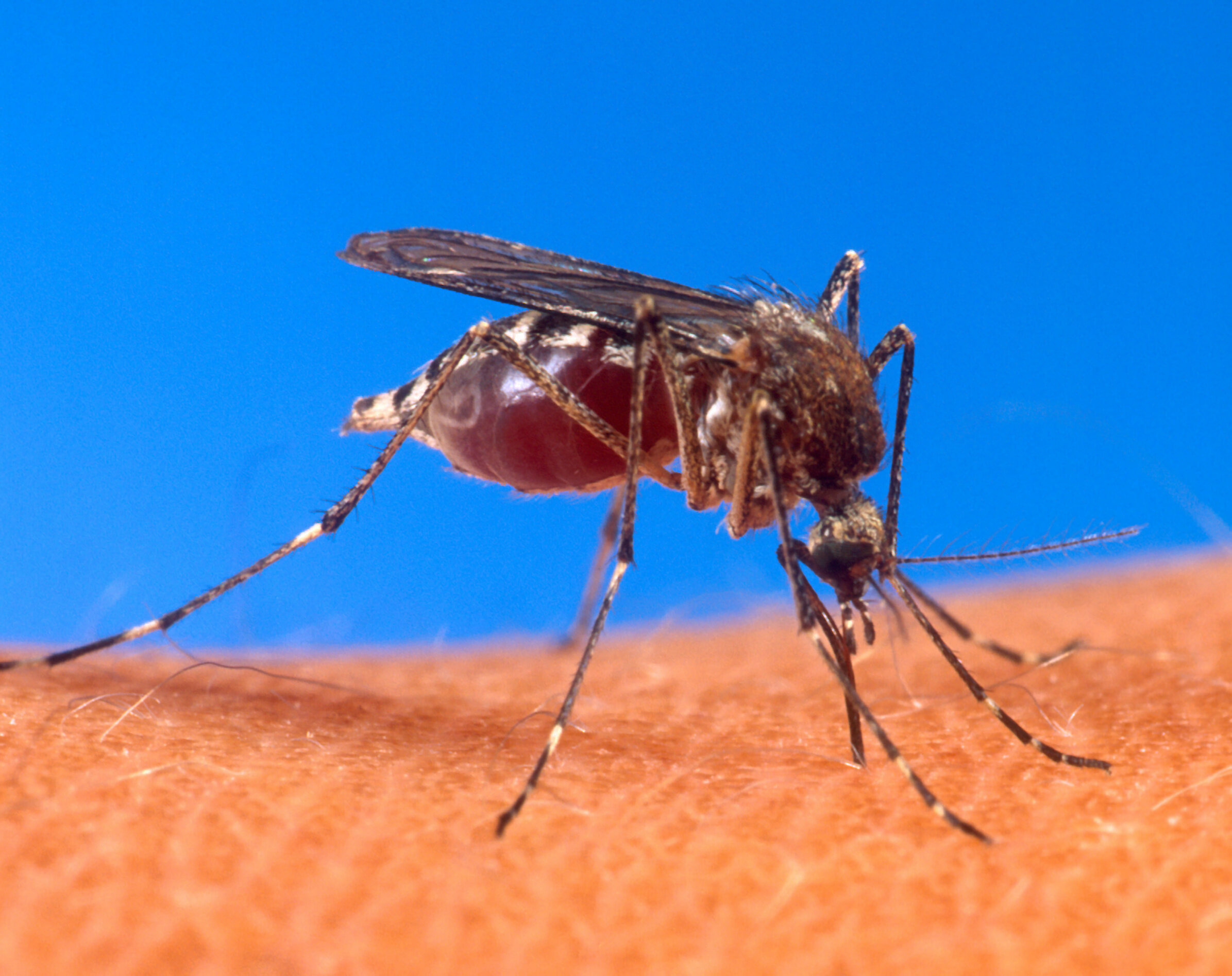Illness With a Twist

The new disease that the news may be telling you you're supposed to be afraid of is chikungunya. Here's why your characters should be more afraid than you.
As we shamble into the new year, the new disease that the news may be telling you you're supposed to be afraid of is chikungunya. Here's why your characters should be more afraid than you.
Chikungunya is a reasonably new disease to the Western world, having been first described in the 1950's and really only coming to media attention in the past ten years. Prior to the 50's, of course, the disease was well known to the people of what is now Tanzania; genetic evidence suggests that the causative organism may have first evolved about three hundred years ago. The healers of its native region named the disease after a term in the local language loosely meaning "to become contorted," and the name aptly describes what happens to the bodies of people who contract it.
As an aside, if you're interested in colonialism and the history of silly white people misunderstanding what natives are trying to tell them, you might enjoy reading the story of how chikungunya was identified and named by its "discoverers," and more so, subsequent scholars. I won't go into it here, but it's a cute little story that shows, as so many stories do, what happens when the supposedly civilized people make a lot of assumptions. So anyway...
Chikungunya is caused by a virus of the same name. The virus is spread by mosquitoes, and is particularly easily spread by a strain of mosquito which is common in parts of Africa, and much less in North America or Europe. When the virus enters the body, it incubates for 2d6 days, at which time the infected creature develops a sudden extreme fever lasting 1d10 days. Some time during the fever, most sufferers develop severe joint pain, usually affecting the hands, wrists, and ankles. The pain can be so severe as to be paralyzing, and many sufferers adopt the contorted position from which the disease takes its name. About three out of four individuals develop a red, spotty rash over their limbs and torso which usually ends before around the same time as the fever, and many people develop headaches and gastrointestinal symptoms. The fever typically lasts less than two weeks, but for as yet unexplained reasons, in more than 50% of infected people, the joint pain may persist; we don't have good enough data to really suggest how long, but probably most people are asymptomatic within two to three years. Very few people die of chikungunya, and those who do are almost exclusively the very old or infirm, but a young adult might fear disability much more than they fear death.
In the real world, treatments for chikungunya are basically limited to prevention (with bug repellents and mosquito nets, for example) and symptomatic treatment when illness develops. In a fantasy setting, protection against chikungunya is much easier than it is for us. Any spell that repels vermin offers more or less 100% protection against infection, and creatures with natural armor may, in some rules systems, have hides that are too thick for a mosquito to penetrate. Any spell that cures diseases should cure chikungunya but won't prevent re-infection, so in the midst of an outbreak a cleric might find all of their spells being used just re-curing the party each day. The best data suggests that chikungunya has an extremely high infection rate, which in game terms would translate to an extremely high save DC.
Although chikungunya has the potential to cause serious health problems, it's not a major risk outside of Africa. Mosquitoes in most of the world can carry the virus, which is partly why we're seeing a small outbreak in the United States right now. It's hard for the disease to spread quickly in most mosquitoes, however, and the cool temperatures in most of the world limit further its spread. Even if someone does develop the virus, Western medicine is well-equipped to treat most of the symptoms, the big question mark being that we don't yet know how effectively we'll be able to treat long-term muscular and rheumatologic pain. Chikungunya should be much scarier to your characters, though. On the one hand, your characters, with their access to healing magic, can theoretically cure the disease much more easily than we can... a six-second incantation is more efficient than a six-week course of antiviral drugs, after all. However, the consequences of infection can be important. Chikungunya infection can suddenly knock a front-line fighter out of commission and crippling joint pain might make it impossible for a wizard to cast spells with somatic components. It might not matter that the cleric can remove diseases if mosquitoes are everywhere and characters become re-infected ten minutes after being cured. Want to put the fear of the GM back into your players? Watch them try to get through a mosquito-filled dungeon crawl while the entire party has dexterity penalties due to arthritis.
More than four years ago, Dr. Eris Lis, M.D., began writing a series of brilliant and informative posts on RPGs through the eyes of a medical professional, and this is the one that appeared here on January 3, 2015. Lis is a physician, gamer, and author of the Skirmisher Publishing LLC OGL sourcebook Insults & Injuries, which is also available for the Pathfinder RPG system.

